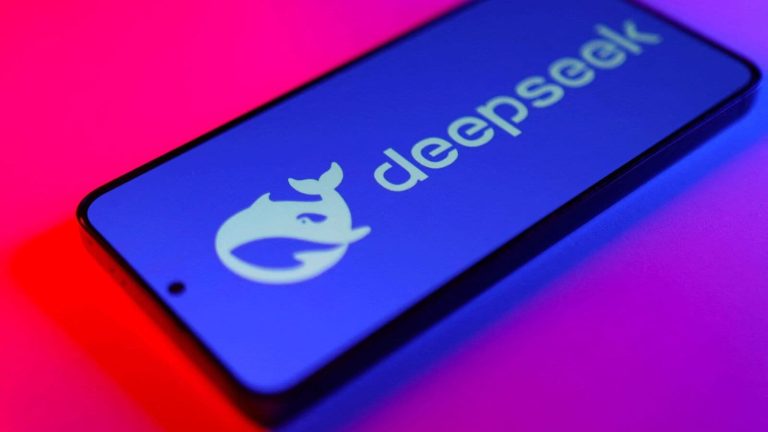India is accelerating its efforts to build a homegrown artificial intelligence (AI) foundational model, akin to China’s DeepSeek, under the ambitious ₹10,370-crore IndiaAI Mission. The Centre is gearing up to push forward its AI roadmap. Here are five key things to know:
1. IndiaAI Mission Gains Momentum with 67 Bids
According to a report from theIndian Express, the Union Ministry of Electronics and IT has received 67 proposals from India-based entities and researchers, all aiming to develop a domestic AI foundational model.
Among them, 20 proposals focus specifically on large language models, highlighting India’s growing commitment to AI innovation, added the report. A high-level technical committee is currently being set up to evaluate these proposals, with a decision expected within a month.
2. Top Companies in the Race
The publication highlighted that some of the biggest names in India’s AI and tech landscape have submitted proposals to develop LLMs. Among them are Sarvam AI, CoRover.ai, and Ola. Additionally, sector-specific small language models have been proposed, including one developed by medical professionals to aid in breast cancer research. The competition signals a strong push from both startups and established firms to contribute to India’s AI ecosystem.
3. Government’s Vision for AI Development
Reportedly, the Centre aims to create “world-class” AI models within the next 9-10 months, ensuring they are diverse, contextually relevant, and aligned with Indian challenges and opportunities. IT Minister Ashwini Vaishnaw has emphasised the need for ethical AI principles, bias mitigation, and fairness in these models. The government plans to fund multiple projects based on scalability and viability, with intellectual property rights remaining with the developing entities while allowing the government perpetual usage rights for public services.
4. Significance of This Development
To facilitate AI development, the government has empaneled 10 companies, including Jio Platforms, Tata Communications, and Yotta, to supply 18,693 GPUs—well beyond the initial target of 10,000, said the media report. Additionally, a common compute facility will be launched soon, offering subsidised GPU access to startups and researchers at costs as low as ₹115.85 per hour. The initiative aims to lower barriers to AI innovation and accelerate India’s entry into the global AI race.
5. DeepSeek’s Disruption and India’s Response
China’s DeepSeek has shaken up the global AI landscape by offering a low-cost, high-accuracy foundational model that rivals those from the US. Trained on relatively inferior GPUs, DeepSeek’s efficiency has even impacted Nvidia’s stock prices and reignited discussions on AI export controls. In response, India’s AI push aims to establish itself as a key player in the sector, ensuring it does not lag in the AI arms race.
With the IndiaAI Mission moving full steam ahead, the coming months will be crucial in determining whether India can successfully develop a competitive homegrown AI model that rivals global players like DeepSeek, OpenAI, and Google’s Gemini.


